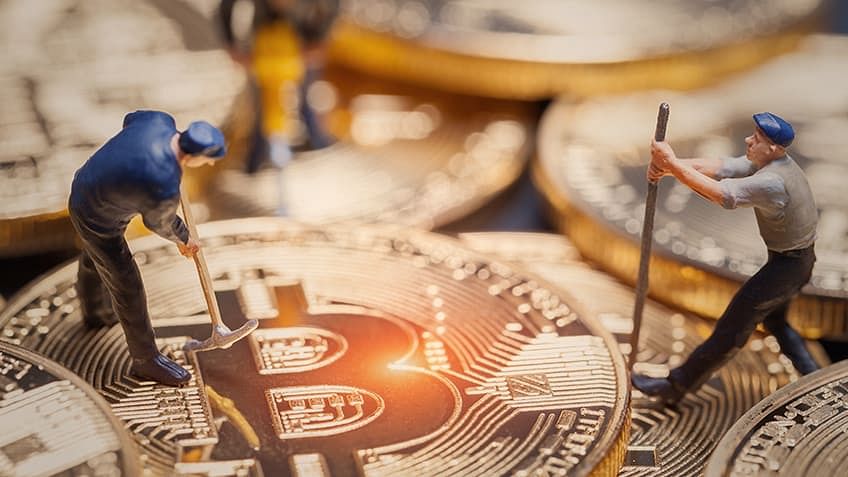Understanding Crypto Mining: The Process Behind Cryptocurrency Creation
Cryptocurrency has taken the world by storm in recent years, with Bitcoin and Ethereum being just two of the most popular examples. While the concept of digital currencies may be easy to understand, the process behind their creation, known as mining, is much more complex. In this article, we'll explore what crypto mining is, how it works, and why it's crucial to the functioning of the cryptocurrency ecosystem.
Crypto mining is the process of verifying transactions on a blockchain and adding them to a public ledger, known as a block. Each block contains a group of transactions, and once it's verified and added to the chain, it becomes permanent and unalterable. The verification process is carried out by miners, who use powerful computers to solve complex mathematical problems in exchange for newly minted cryptocurrency.
The process of mining is designed to be decentralized, meaning that anyone can participate. This is in contrast to traditional fiat currency, which is typically issued and controlled by a central authority. By using a decentralized process, cryptocurrencies aim to eliminate the need for intermediaries, making transactions faster and more secure.
To start mining, you'll need a computer with a high processing power and specialized software that can solve complex mathematical problems. The difficulty of these problems increases as more miners join the network, making it increasingly difficult to mine new cryptocurrency. As a result, the rewards for successful miners decrease over time, providing an incentive for miners to upgrade their hardware and continue to participate in the network.
One of the benefits of crypto mining is that it helps to secure the network by ensuring the authenticity of transactions. When a miner verifies a block of transactions, they're also confirming that the transactions are valid and haven't been tampered with. This helps to prevent fraud and ensures that the network remains secure.
In addition to securing the network, mining also serves as a way to create new units of cryptocurrency. This is crucial to the functioning of the ecosystem, as it ensures that there's a steady supply of new currency to meet the demands of the market. It's also worth noting that the process of mining consumes a significant amount of energy, which is why it's important to consider the environmental impact of the crypto industry.
Despite the benefits of mining, it's important to consider the risks involved. One of the biggest risks is the threat of a 51% attack, where a group of miners control more than half of the network's computational power. This allows them to manipulate the network, potentially leading to double-spending or other malicious activities.
Another risk is the volatility of the cryptocurrency market. The value of a particular cryptocurrency can fluctuate wildly, and the value of the coins you've mined can become worthless overnight. As a result, it's crucial to keep a close eye on the market and to be prepared for market changes.
Crypto mining is an essential part of the cryptocurrency ecosystem, serving to secure the network and create new units of currency. While the process may seem complex, understanding the basics can help you to make informed decisions about your involvement in the crypto industry. Whether you're a seasoned miner or just starting to explore the world of cryptocurrency, it's important to consider the risks and benefits of mining, and to approach the industry with caution.
Labels: Business, crypto, Crypto Mining, Earn money online, Interesting


0 Comments:
Post a Comment
Subscribe to Post Comments [Atom]
<< Home